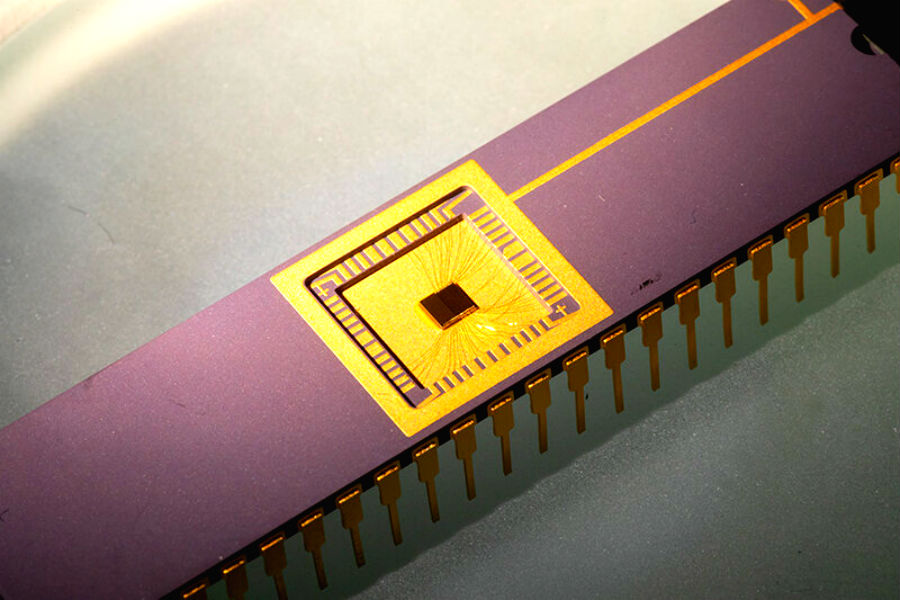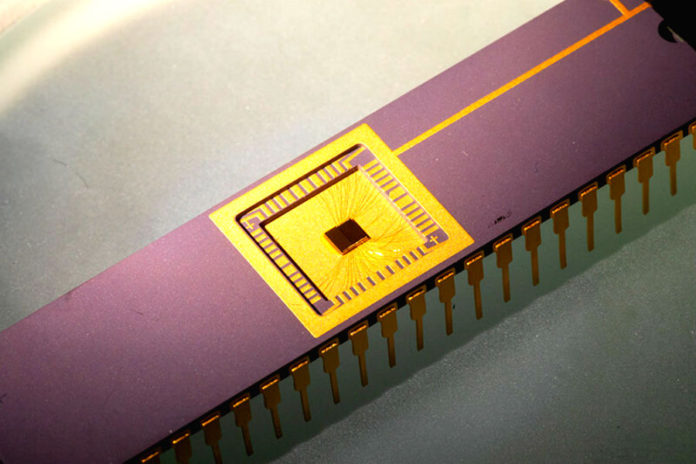
A team of scientists have built a circuit that converts graphenes thermal motion to harness limitless clean energy. The study proves an idea that generated a few years ago, which suggested that graphene being a single layer of carbon atoms may have the ability to generate power.
According to Prof. Paul Thibado, first author of the study, “An energy-harvesting circuit based on graphene could be incorporated into a chip to provide clean, limitless, low-voltage power for small devices or sensors.”
Controversial!
Their study also breaks the norms of ‘Brownian atoms’ set by physicist Richard Freyman who said, thermal motion of atoms “cannot do work”. Changing the once-controversial idea, the team proved that in room temperature the motion of carbon atoms in graphene could generate alternating current (AC) in a circuit.
Their idea also got help from a previous study which stated that even a Brownian motion could be altered to harness energy by adding a single diode gate in a circuit. The landmark study was run by physicist Léon Brillouin about 70 years ago.
The new circuit
The novel study has 2 diodes in the circuit to turn the AC current into Direct current (DC). And it flows both ways thanks to the opposite placement of the diodes. This creates a “pulsing DC current” working on a load resistor.
Explaining its unexpected advantage, Prof. Thibado adds, “We also found that the on-off, switch-like behaviour of the diodes actually amplifies the power delivered, rather than reducing it, as previously thought. The rate of change in the resistance provided by the diodes adds an extra factor to the power.”
According to the researchers, the circuit and the graphene have a symbiotic relationship as they stay on the same temperature level without transferring any heat, even though this runs on a thermal environment. This stays true to the second law of thermodynamics.
The circuit generates energy at low frequencies due to the slow release from graphene. This makes it a good candidate for many technological applications where low frequency means high efficiency.
“People may think that current flowing in a resistor causes it to heat up, but the Brownian current does not. In fact, if no current was flowing, the resistor would cool down. What we did was reroute the current in the circuit and transform it into something useful,” says Prof. Thibado.
And the team is now trying to find out how the power (DC current) can be stored in a capacitor which could be used as a low-power battery in the future.
The research has been published in the journal, Physical Review E.

